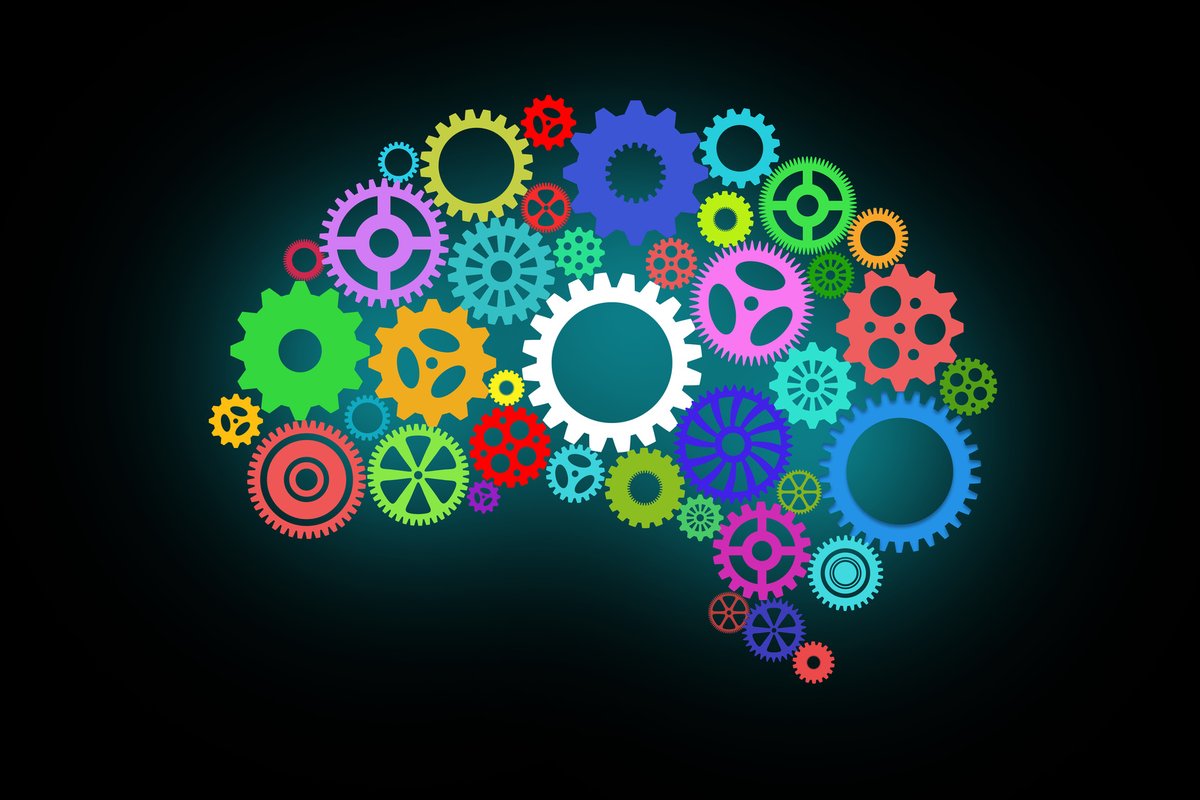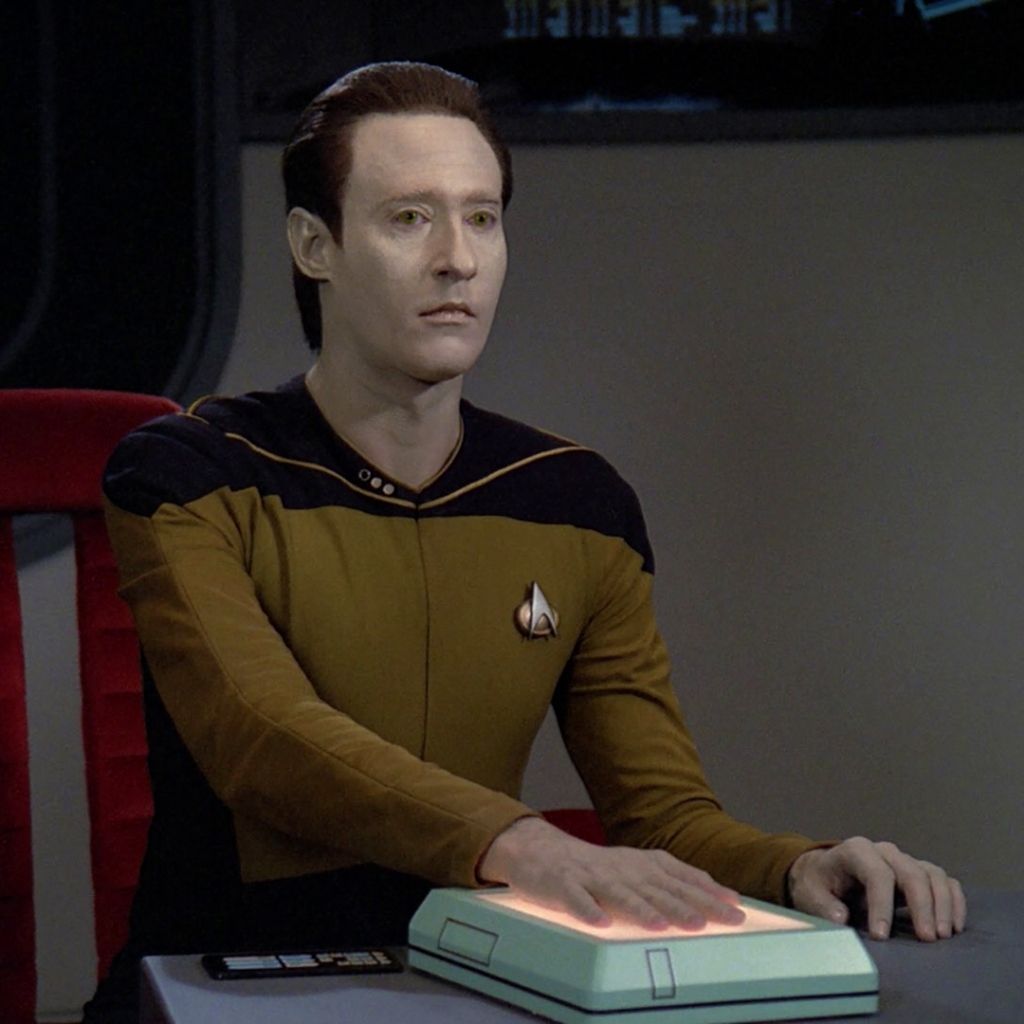
Researchers and psychologists have invested years in studying humanity’s unique proclivity for innovation and the desire to create. Recent science reveals that the creative process is chaotic, unorganized and full of contradictions. Dr. Scott Barry Kaufman described creativity as not merely a natural gift or talent, but a state of mind, a “general spirit of spontaneity and questioning the world and the way things work.” Kaufman postulates seven keys that can unlock your individual, inherent potential for creativity.
1. Be open to the new
You can discover things about yourself and your talents when you allow yourself to be open to new experiences and embrace the natural human drive to explore the unknown. One of Leonardo Da Vinci’s defining characteristics was his insatiable curiosity. Every day presents numerous opportunities to experience something new, so be curious about everything and anything; set preconceived opinions and/or fears aside and let that curiosity allow you to see things as they truly are.
2. See beyond the bias
Creative people tend to process information and arrive at conclusions in different ways than others. Conforming to generally accepted methods of product output is often stifling to them, and both workplaces and schools are more or less biased against individual choice and unique expression. The expectation of “standardized” behavior can be a real creativity killer, so trust your intuition. It will inevitably find a viable outlet in which to express itself.
3. Inspiration doesn’t arrive on schedule
You can’t put a deadline on creative results. Production that is goal-driven can often backfire. Inspiration is not an on-demand service, and the more you try to force it, the less likely you are to achieve it. Live in that space that allows inspiration to find you, not the other way around. However, deadlines are a reality and when they do beckon, there are a few tricks and tips that can help you step into the creative zone more quickly.
4. Enjoy Paradox
“Every action creates an equal and opposite reaction.” That’s Newton’s third law, essentially that forces come in pairs; and often, so do ideas. People who are highly creative delight in identifying opposing or contradictory concepts, and are somehow able to mesh them together to come up with innovative results. To them, being able to slip between opposites comes naturally, like the ability to combine work and play, and exhibit extreme sensitivity while still knowing what is correct or incorrect. Kaufman says, “people who are really creative are good at trusting and having faith in their intuition but also being rational in their analysis…” Interestingly, creative individuals also have a tremendous capacity for post-traumatic recovery, to grow and learn from painful experiences.
5. Wonder as you Wander
Again, opposites are not always combative. The states of mindfulness and daydreaming are not such a paradox as commonly thought, and both are in fact critical to enabling the creative process. The idea of ‘Mind wandering’ being the opposite of ‘good thinking’, is false, according to Kaufman. “Letting the mind go spontaneously where it wants to go,” can be extremely conducive and even essential to ‘good thinking’.
6. Daydream with purpose
“Positive, constructive daydreaming is where you’re thinking through an issue or doing some mental simulations of possible futures,” suggests Kaufman. Focused daydreaming can be aided with the use of meditation or mindfulness techniques. Meditation can help train the ‘mental muscles’ to enhance concentration, but instead of focusing on the external world, let meditation allow you to till the fertile fields of creativity that lie within your inner world.
7. I.Q. is just a number

Relying on cognitive information processing, like Star Trek’s Commander Data, as the sole factor of intelligence and problem-solving gets negates the value of creative thought.
image via memoryalpha.fandom.com
The current methods of intelligence measurement can’t account for a person’s passions, values, goals and dreams of achievement simply by completing a certain task on a standard test. Creativity studies pioneered in the 1960s assumed that the main ingredient for creativity was intelligence, but scientists now concur that you need to look way beyond IQ scores to fully understand creativity. Relying on cognitive information processing, like Star Trek’s Commander Data, as the sole factor of intelligence and problem-solving negates the value of creative thought. “Intelligence is more broadly an adaptation to our environment,” states Kaufman, and that adaptability is a key characteristic of creative thought.



